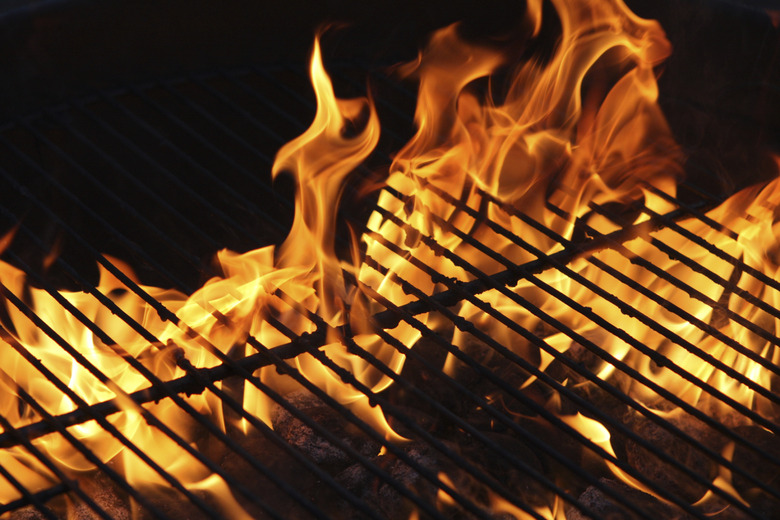Advantages & Disadvantages Of Fire
For thousands of years, man has mastered – or at least attempted to master – the useful resource of fire. Generating light and heat, fire has many uses and might provide more benefits to people today than at any other point in history. However, when not controlled, fire can cause great destruction and injury.
Source of Light and Heat
Source of Light and Heat
Long before gas and electricity were invented, people depended on fire for light and heat. With the wide range of light and heat-generating inventions available today, fire as a source of light and heat tends to be reserved to fireplaces, tiki torches, campsites and barbecue pits. Electricity is a cheaper resource than fuel for fire. Electricity is also easier to control.
Power for Homes and Industries
Power for Homes and Industries
The electricity that powers our homes comes from power plants, most of which have fire at the core of production. Power plants use generators that utilize fire for processing. These power plants generate greater amounts of electricity than wind or solar-powered sources, but they also cause greater damage to the environment. Coal and other types of fossil fuels used for fire release pollutants when burned.
Benefits to the Environment
Benefits to the Environment
Fires occurring in nature can restore ecological balance and facilitate regeneration. Over time, forest floors become littered with debris and choked by heavy undergrowth that competes with trees for nutrients and water. Wildlife can even be displaced from its natural habitat. Low-intensity fires clear forest floors with minimal damage to the trees. Fires can also rid forests of insect infestations and potential diseases.
Today, low-intensity forest fires are often intentionally started to pre-empt larger and more destructive ones that may occur in fire-prone regions.
The Dangers and Damages of Fire
The Dangers and Damages of Fire
Fires require oxygen and fuel to be ignited. With oxygen present in the air, faulty electrical wiring, cigarette butts, static electricity, and even concentrated sunlight can act as fuel and a destructive fire can start. Fires are made more deadly by smoke and toxic gases emitted from consumed materials. According to the U.S. Fire Administration (part of FEMA), there were 1.3 million fires in 2015 that led to 3,280 deaths, 15,700 injuries and more than $14 billion in damages.
References
Cite This Article
MLA
Johnson, Steve. "Advantages & Disadvantages Of Fire" sciencing.com, https://www.sciencing.com/advantages-disadvantages-fire-8160003/. 19 April 2018.
APA
Johnson, Steve. (2018, April 19). Advantages & Disadvantages Of Fire. sciencing.com. Retrieved from https://www.sciencing.com/advantages-disadvantages-fire-8160003/
Chicago
Johnson, Steve. Advantages & Disadvantages Of Fire last modified March 24, 2022. https://www.sciencing.com/advantages-disadvantages-fire-8160003/
